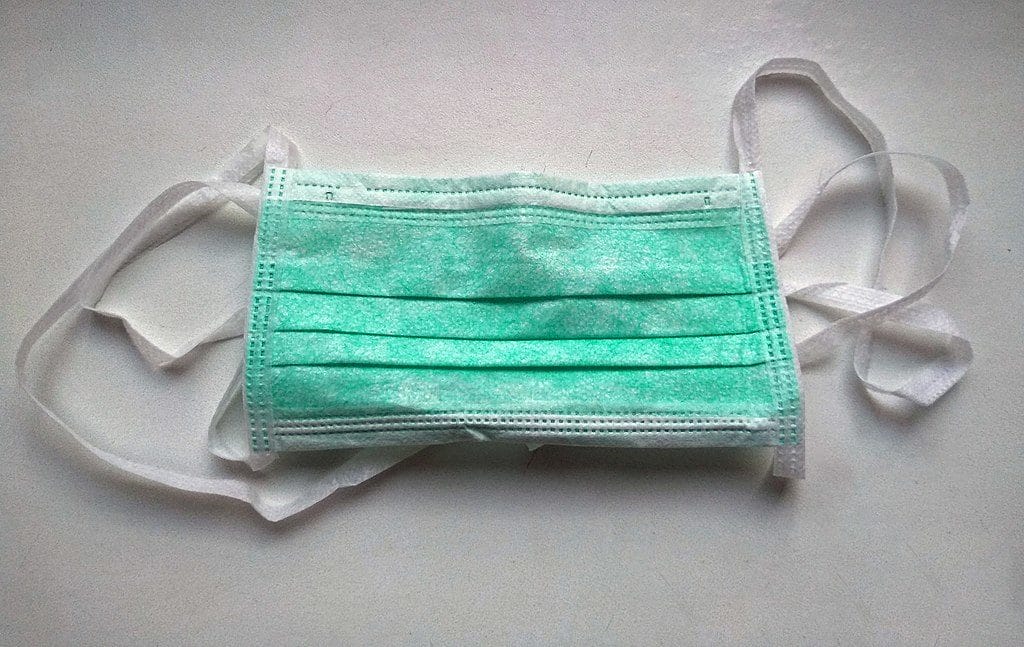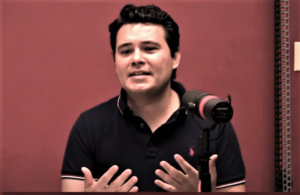Health, Race & Politics: Rodríguez Describes Inequalities Exposed by the Pandemic

The coronavirus pandemic has cast many forms of inequality — in education, income distribution, job opportunities — in a very harsh and clear light, but what is especially troubling to Javier Rodríguez are some newly-discovered correlations between health outcomes and racial disparities in health and how U.S. politics heavily influences both.
Earlier this month, an international audience joined Rodríguez for a faculty webinar on “Politics, COVID-19, and Racial Disparities in Health.”
Rodríguez, who is the Mary Toepelt Nicolai and George S. Blair Assistant Professor of Politics and Government, and co-director of the university’s Inequality and Policy Research Center, discussed how these correlations are affecting vulnerable populations (for instance, immigrants and minority populations) in the U.S. during the COVID-19 pandemic.
During the course of the hour-long webinar, Rodriguez enumerated many of the politically-initiated mechanisms affecting health, including income and wealth inequality (which his research has found to be associated with worse health outcomes), as well as how tax cuts (initiated by politicians) directly affect states of health.
The Politics of Health Outcomes
Since the 1960s, Rodríguez told the audience, and especially during the Reagan and Bush administrations, politics has been the key driver underscoring health inequality and subsequent mortality rates in the U.S.
Indeed, his research sheds new light on the political consequences of minorities’ excess mortality and premature death among the poor and working-class individuals.
Diverging party policy agendas also affect the health situations of communities in poorer areas in different ways. It is easy for lay people to forget, Rodríguez said, how the conditions in which people are born, live, work, play, and age directly influence health outcomes.
Today, as the nation and the world is in its seventh month of quarantine because of the COVID-19 pandemic, health conditions in vulnerable communities have been exacerbated even more.
“We have observed the continuation of persistent, big, pre-existing racial and socioeconomic disparities in health during the pandemic,” Rodríguez said. “The social conditions – living in high-density neighborhoods, having poor work conditions – that facilitate more infections are also racially patterned, as well as underlying risk conditions like diabetes.”

Regarding COVID-19 and how it affects immigrant populations, Rodríguez mentioned poor or low-education, lower rates of insurance coverage, less access and lower quality of healthcare services, higher unemployment, work instability, weaker job benefits and lower levels of political power and representation as just a few of the markers that separate them from communities that have been less adversely affected by the virus.
In Rodríguez’ estimation, public health and epidemiology as disciplines have been successful at identifying solutions to the problems of health disparity.
“The question then,” he concluded, “is not what can be done. We know that. The real question is about politics and health. The question for the 21st century is, how can we change politics to produce better health outcomes for everyone?”